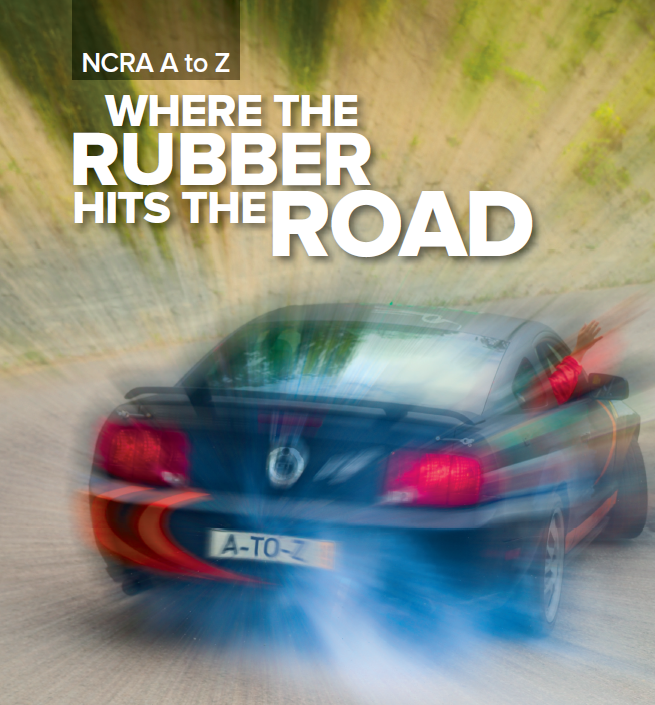
By Tami Keenan
All roads about awareness of the court reporting and captioning profession, attracting students to programs, and qualifying prospects for those programs start with the NCRA A to Z ™ Intro to Steno Machine Shorthand program.
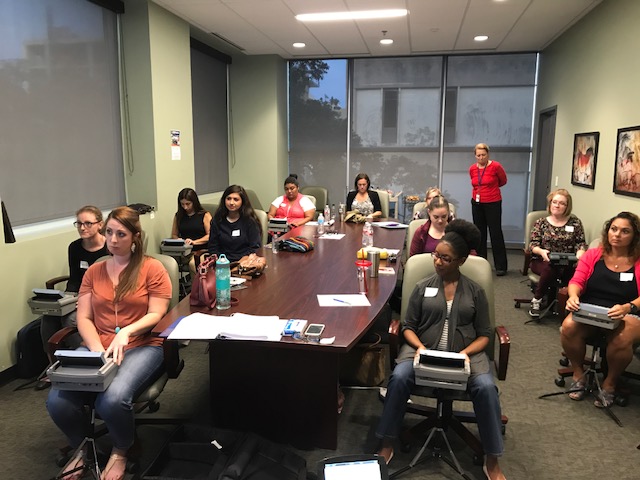
The stenographic professions of court reporting and captioning are facing challenges. Not only are reporters and court reporting firms turning away jobs, but the shortage has given rise to other challenges as the nature of the market dictates that gaps must be filled. Alternative methods of capturing the record, popular culture expectations, and changing requirements from the court reporting and captioning client bases have all given rise to further challenge the notion that stenographic court reporting and captioning not only is the standard in capturing the record, but that it is a viable career opportunity.
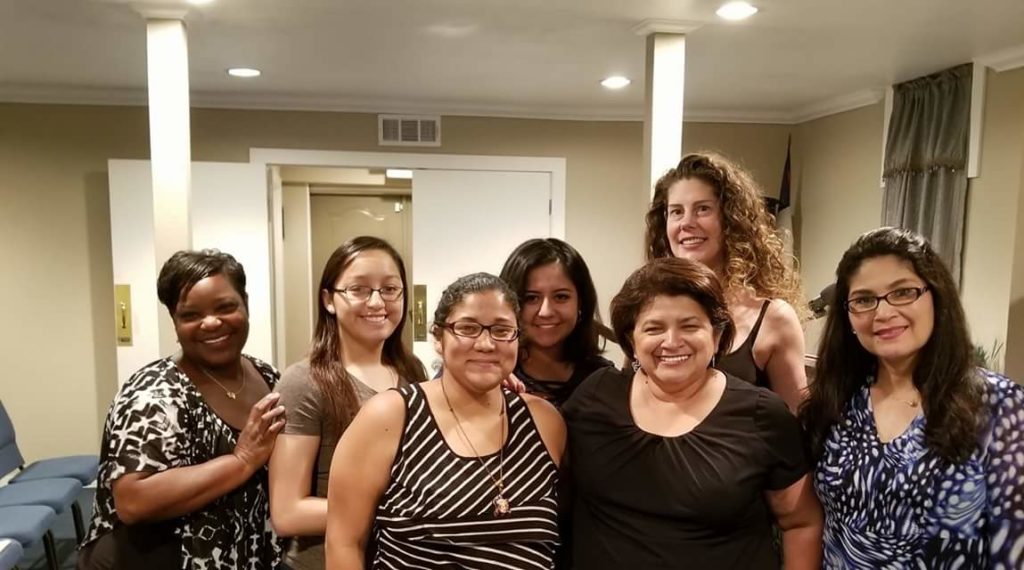
Enter the NCRA A to Z™ Intro to Steno Machine Shorthand program. Launched in 2017, the program has disrupted the way NCRA and its members have introduced the profession to the public at large. Where once most people learned about the profession by stumbling upon it accidentally or by watching a family member or friend practice on their machine, now this program provides a real means to get the word out, one that at once serves as a conversation starter, a profession “qualifier,” an opportunity for stenographers to pay it forward, and a way to get the stenographic professions out into the public eye.
Meeting the challenge at its source
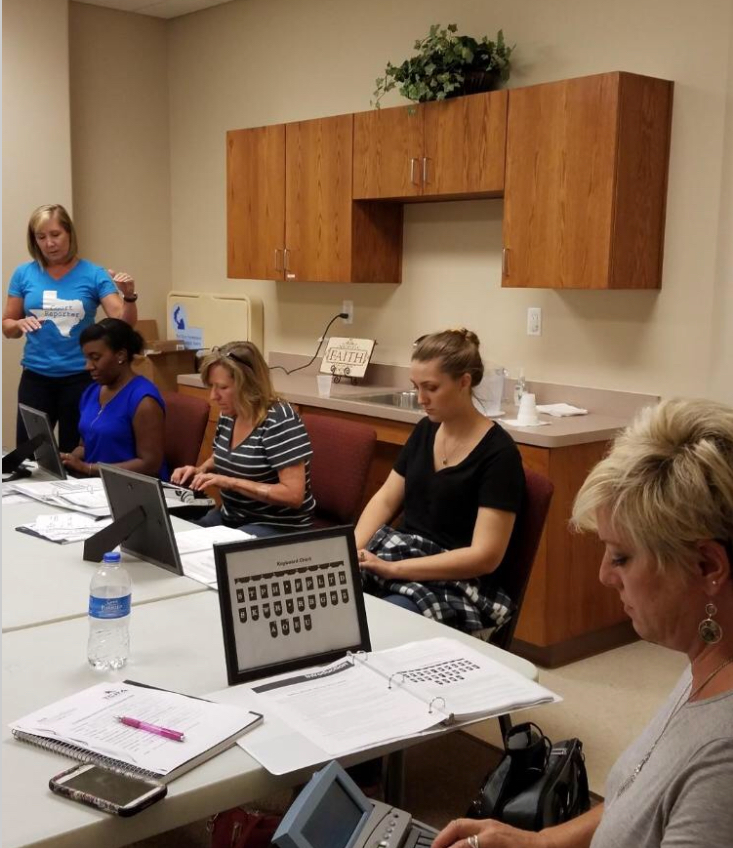
The conversations among seasoned reporters at NCRA events, at state association meetings, at the NCRA Industry Leaders Roundtable, and in grassroots groups around the country have explored every probable cause for the current shortage. Some point to financial challenges of prospective students; others reference fears that there is no income potential or growth. Still others point to court reporting programs simply being too challenging.
The most common thread within all of these discussions, from freelance reporters to firm owners and other companies and organizations with a stake in stenographic reporting and captioning, is that while programs like scholarships and grants help students who are already committed to the profession, the shortage issue at its core is about the numbers of students enrolling and completing programs. The good news is: This challenge can be addressed by increasing awareness about the viability of the profession and greatly increasing the number of qualified students entering court reporting programs.
Why it works
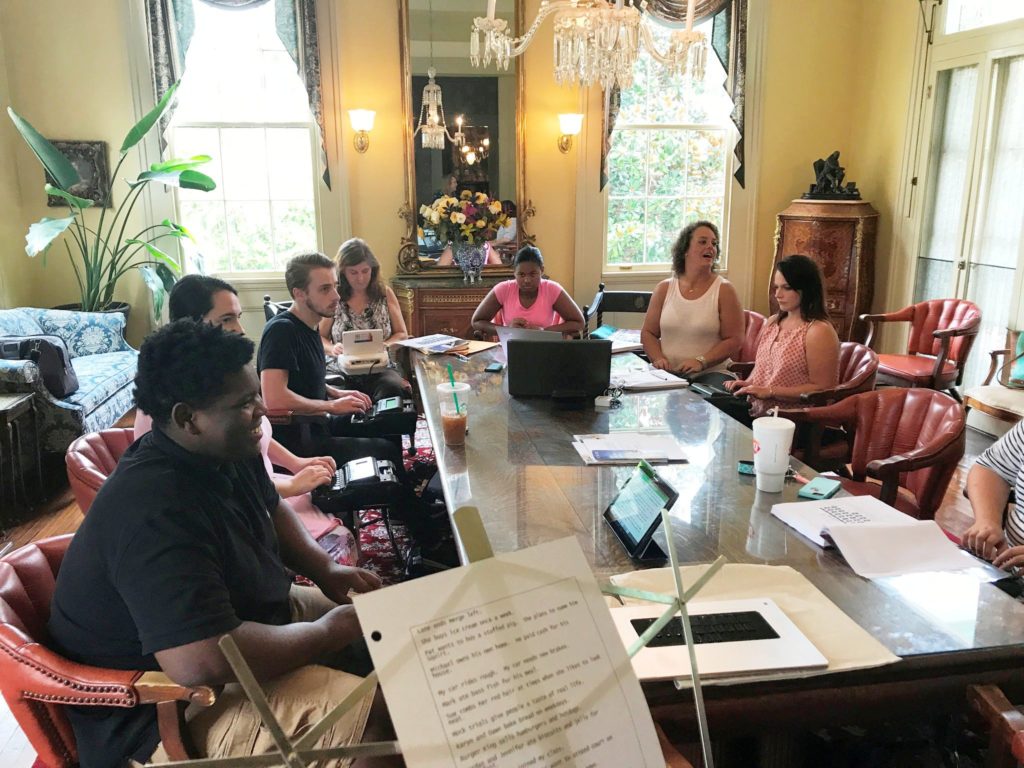
The NCRA A to Z™ program is the tool that’s meeting the challenge head on, as it most critically addresses the concern about the number of students entering court reporting education programs. Just by the nature of the program itself getting press and being a tool that volunteer members can use to do outreach, the numbers of prospective stenographic reporters and captioners could rise. The program platform, whether on the ground or online, is a perfect forum for program leaders to inform the public why they love their careers and what the profession has done for them. It’s an inside, behind-the-scenes look at the profession and an opportunity to understand the importance of what court reporters do, the integrity of the human component in capturing the record, and — most importantly — the viability of stenography as a career choice.
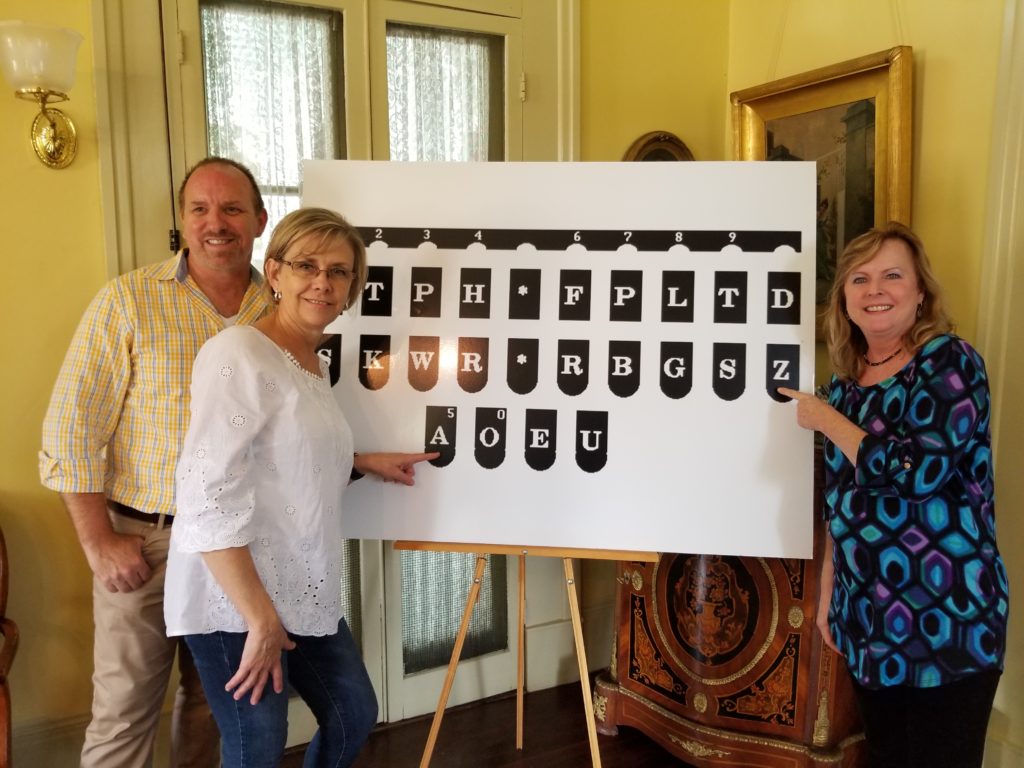
And that’s just the beginning. From there, the hands-on opportunity to get acquainted with the machine is invaluable. It provides the means for an individual to test out their potential skills, connect with the machine, and make a fully informed decision about entering a formal program to kick off their career.
Close to 1,000 prospective reporters have participated in a program lead by volunteers on the ground or through the online version that launched one year ago. With the passing of each month that number increases sharply.
What’s next
With the backing of the National Court Reporters Foundation, NCRA A to Z™ program managers are now leading an initiative to expand the program formally into high schools. By the time this article is published, the first pilot program will have launched in Texas with 15 high school students. With each high school program launch comes press coverage. With each story in the media, public awareness grows. From there, the road ahead for the advancement of the profession looks long and promising.
Meet some of the program leaders
Allison Hall, RMR, CRR
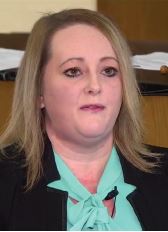
NCRA member Allison Hall, RMR, CRR, an official court reporter from Bristow, Okla., said she was motivated to volunteer to lead an NCRA A to Z™ program because of her interest in giving back to the profession and because of the shortage of court reporters not only in her state but also nationwide.
A court reporter since 1999, Hall said she has co-led one program along with fellow Tulsa County court reporter Gary Woodson. She said the greatest benefit of the program from a leader’s perspective is the ability to share the love of the steno machine and the profession with interested potential students.
“The ability for a participant to get a real feel for whether or not court reporting is for them by learning the keys of the steno machine before purchasing equipment and enrolling in school” is the greatest benefit of the program she sees for those who participate in it as students.
“That glint that you see in their eyes when they truly understand and have grasped a concept definitely makes the volunteer hours worth it,” she added.
Hall said that she often grabs interns at the courthouse where she works, as well as the sons and daughters of friends and people she meets to preach about the benefits of pursuing a career in court reporting or captioning.
“Teaching an A to Z course is what jump-started my passion for teaching and the need for a local school in Tulsa. I became invested in a few of the A to Z participants, and I could really see the potential in them. At the time, we had no school in Tulsa that they could enroll in. After getting the support of my judge, I offered to hold an ‘apprentice class’ in my courtroom once a week for those interested,” Hall said.
“When I began the program at Tulsa Community College and began teaching part-time, our classes turned into one evening a month. My two students who I taught A to Z, theory, and speedbuilding are now at 180 and 160 wpm and have both interned with me in the courtroom. In addition, I mentor several students. I strongly encourage everyone to teach an A to Z program. Teaching is the most rewarding work I’ve ever done in my career,” she added.

Debbie Amos Isbell,
RDR, CRR, CRC
NCRA member and 38-year veteran of working as a freelance court reporter, Debbie Amos Isbell, RDR, CRR, CRC, from Mobile, Ala., said the A to Z program offers her an opportunity to share the many aspects of the profession she loves with those interested in learning more about it.
“I have led two A to Z classes and continue to act as a liaison by encouraging people to enroll in the online program and lending them machines,” she said. “Meeting interested participants was a joy, but the greatest reward for me was the camaraderie experienced with my fellow colleagues who were very willing to help with the program,” Isbell added.
Isbell said she often speaks about the A to Z program at work and when she participates in school career days. She said she also keeps in touch with several of the participants from the programs she led who are currently enrolled in court reporting school and hopes to have the opportunity to mentor them when the time comes.

Tami Morse, RPR
“I love this career! It has been a great career to me!” said NCRA member Tami Morse, RPR, an official court reporter from Sand Springs, Okla., who has been in the profession for 40 years.
“I am at the age that in a couple of years I will be retiring. I wanted to be sure that there were those trained to take my place so that the court reporting career will continue for years to come. The best way I could do this was by educating people and showing them all about this career,” she said when asked what motived her to volunteer to lead four NCRA A to Z programs.
Seeing the students’ eyes as they write words and begin to make sense of the keyboard, she said, is one of the greatest benefits of leading a program from her perspective, and from a participant’s perspective it is exciting for them to recognize how challenging and yet rewarding and fun writing on the steno machine can be.
To encourage others to step up and volunteer as NCRA A to Z leaders, Morse said: “It’s not hard! There’s no ‘homework.’ You just teach what you already know. The materials actually teach the program. It doesn’t take an extreme amount of time, and the rewards are endless, especially when you see your students excelling in a program afterwards.”
Morse emphasized that the program teaches itself, is very well-written, and provides students with just enough to “whet their whistle” regarding the court reporting and captioning professions.
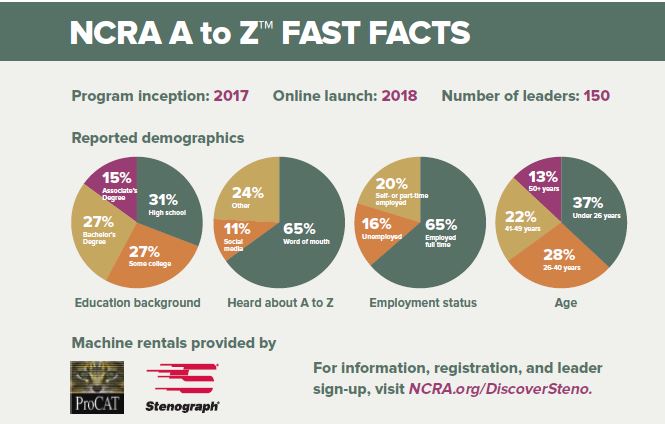
Tami Keenan, FAPR, RPR, CPE, (Ret.), is chair of the National Court Reporters Foundation (NCRF) Board of Trustees. She can be reached at tamisteno@att.net.



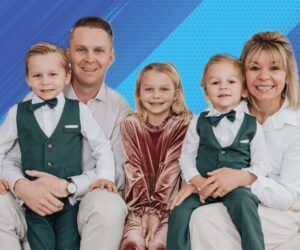
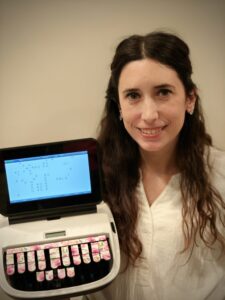
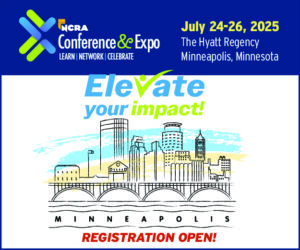



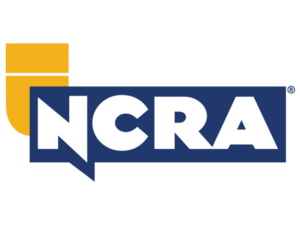

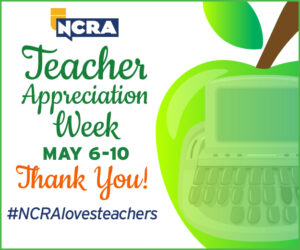
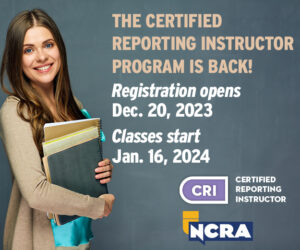

[…] all went big. Plenty of other reporters did too. Kim Xavier began Stenovator Pathway Solutions. Allison Hall set up programs and initiatives to get students in schools and help them find their way, and most […]